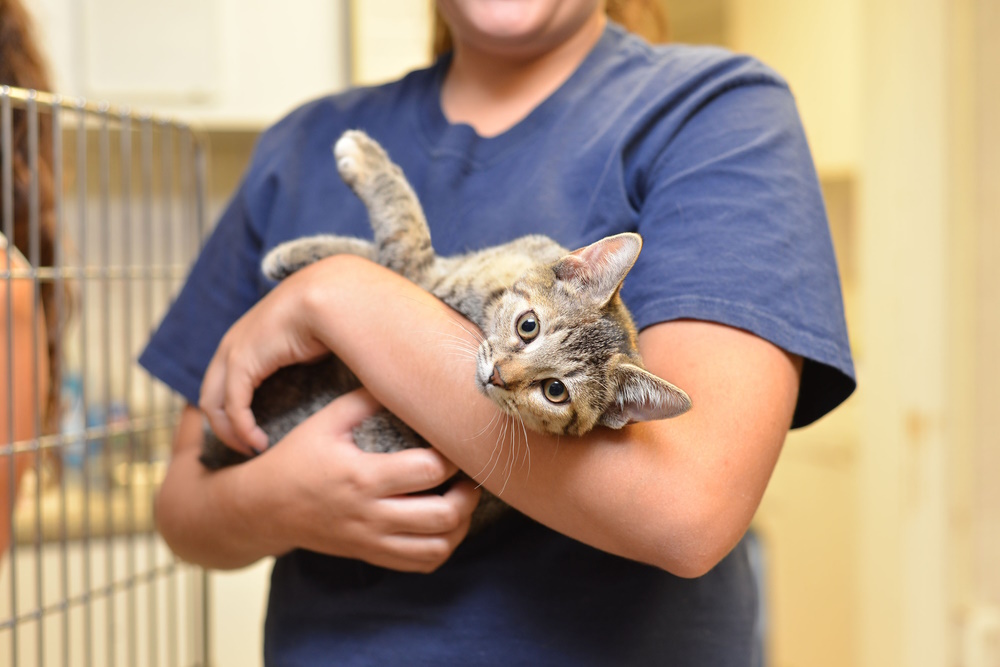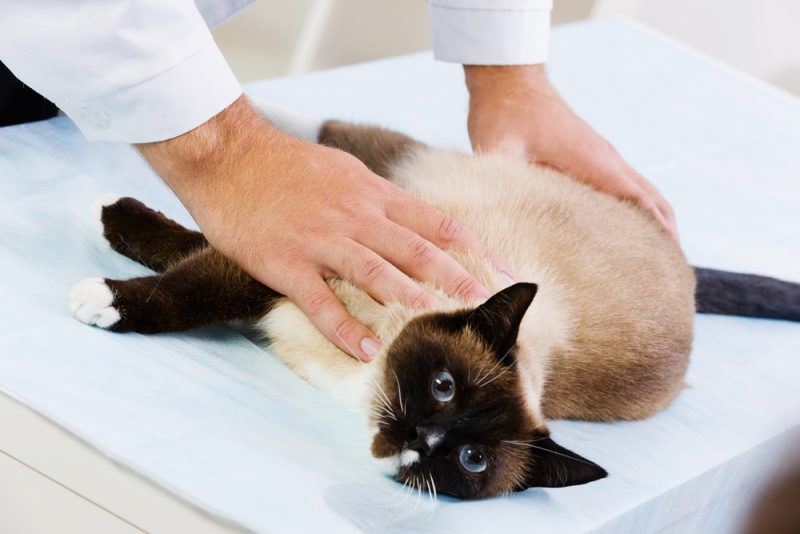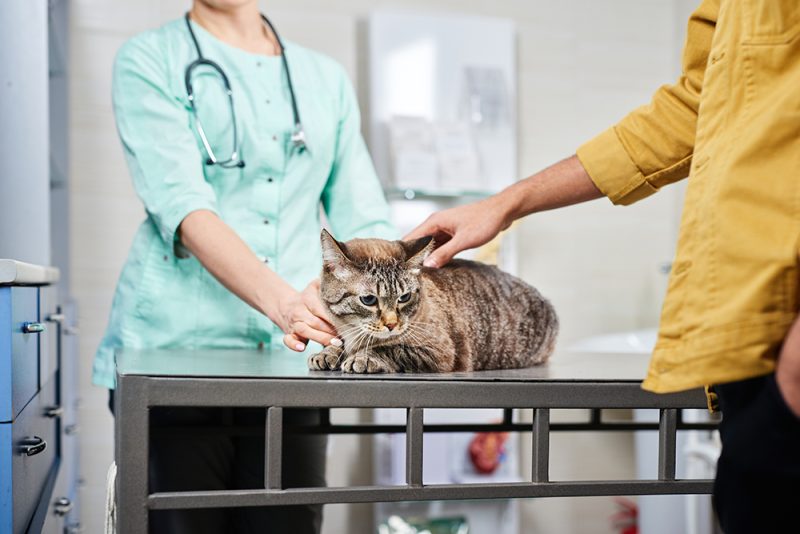According to statistics from the National Coalition Against Domestic Violence (NCADV), one in three women and one in four men experience some type of domestic abuse in their lifetime1. While there are resources available to help survivors, only 17% of domestic violence shelters accept pets.
This is a major limitation for survivors seeking options. Many domestic violence situations involve threats or violence toward pets as a way for the abuser to assert control, and nearly half of domestic violence victims stay in their situation if they can’t bring their pets with them.
While not all domestic violence shelters accept pets, there are more and more resources available to help survivors seek safety without leaving their pets.

The Connection Between Domestic Violence and Pets
In domestic violence situations, pets may be used as leverage, similar to how children are often used as a way for the abuser to control or intimidate the victim. Abusers may threaten harm to pets—or actually injure or kill them—to assert dominance, prevent victims from seeking help, or punish them.
Because of the bond victims may have with their pets, they may not seek the help they need out of fear for the animal’s safety. And for some, leaving behind a pet would be like leaving behind a child.
According to one study, over 25% of domestic violence victims stay in abusive situations for an average of two years for the sake of their pets. Many victims report returning to a partner out of concern for their pets’ safety. This is for good reason, as 89% of pet-owning women entering shelters reported that their abuser had injured, killed, or threatened their pets.
To make things more complicated, survivors of domestic violence often need to flee quickly to avoid detection or because they’re in significant danger. Even if they have short-term housing options, many rentals don’t allow pets.
For many, financial abuse means limited access to funds for alternative living situations, leaving them with shelters as the only option, many of which don’t accept pets.
What’s Being Done to Improve the Situation?
With the staggering statistics on domestic violence victims and their pets, multiple agencies are working together to correct the problem.
At the forefront is the Red Rover and the Purple Leash Project. Through a collaboration with Purina and other partners, the organization is advocating for changes to better serve survivors and their pets with grants to retrofit shelters to accommodate pets and volunteers and raising awareness.
In addition, the Jackson Galaxy Project and GreaterGood.org are working with the Safe Haven program to retrofit women’s shelters to accommodate pets. Every effort is being made to ensure that pets have a safe space of their own, as well as protective measures for the privacy and safety of the survivors. Galaxy hopes to expand this project to homeless shelters in the future.
Individual community organizations are working toward making a difference as well, including The Shade Tree in Las Vegas, which houses women and children. Noah’s Animal House next door boards their pets—not just dogs and cats, but snakes, turtles, small animals, a horse, and a tarantula. They receive vet care as needed, giving the survivors peace of mind to focus on themselves.

Tips for Victims Seeking Help With Pets From NCADV
Some shelters created “safe haven” foster programs to temporarily house animal victims of domestic violence while the survivor gets established. Reach out to local shelters to see what’s available to you.
If you can’t take your pets with you if you flee during a crisis situation, try to arrange temporary housing in advance with friends, family, a shelter, or a vet that you trust.
Make sure your pets’ licenses and rabies certificates are in your name. If possible, put them in your name at the vet. This may be necessary to prove ownership if custody is challenged by your abuser.
Gather pet supplies in a “go bag,” including copies of vaccination records, licenses, medications, collars and leashes, and any other supplies you may need.
If you need to return to get your pets, ask for help from animal control officers or law enforcement. Don’t try to reclaim your animals on your own, as the situation can turn volatile and may put you and them at risk.

Find a Safe Haven
Everyone, whether man, woman, child, or pet, deserves to live free of fear and pain. For local resources for yourself or a loved one, you can visit DomesticShelters.org or Safe Havens for Pets. Note that both sites have “Exit Site” buttons for safe browsing.
Featured Image Credit: Pressmaster, Shutterstock


















